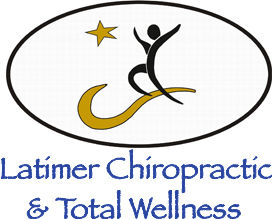 Anderson JW1, Hamilton CC, Brinkman-Kaplan V.
Anderson JW1, Hamilton CC, Brinkman-Kaplan V.
Comprehensive very-low-calorie diet (VLCD) programs are the preferred treatment for selected obese individuals. They combine energy intakes of 400-800 kcal/day with medical monitoring and intensive lifestyle education. Typical VLCD patients have median body mass indexes of 36 kg/m2 and have median ages of 40 years. About 70% are female.
Commonly associated medical problems include hypertension in 50%, hyperlipidemia in 41%, and diabetes mellitus or glucose intolerance in 14%.
Typical weight loss with VLCD is around 21 kg in 16 wk.
Reductions of 8-13% in blood pressure, 5-15% in serum total cholesterol, 5-20% in low-density lipoprotein-cholesterol, 15-50% in triglycerides, and decreases in blood glucose and glycohemoglobin in diabetic individuals accompany weight loss.
VLCD-associated side effects can be managed medically without discontinuing treatment.
Lifestyle education promotes long-term weight maintenance of approximately 56% 2 yr after VLCD treatment. Weight losses using comprehensive VLCDs allow moderately to morbidly obese persons to achieve greater benefits than other nonsurgical treatments and should be considered before opting for surgical treatment.Int J Endocrinol Metab. 2017 May 17;15(3):e13249. doi: 10.5812/ijem.13249. eCollection 2017 Jul.
Rapid Weight Loss vs. Slow Weight Loss: Which is More Effective on Body Composition and Metabolic Risk Factors?
Ashtary-Larky D1,2, Ghanavati M3, Lamuchi-Deli N2, Payami SA2, Alavi-Rad S2, Boustaninejad M4, Afrisham R5, Abbasnezhad A6, Alipour M2,7.Methods: Forty-two obese and overweight individuals were randomly divided to 2 groups; rapid WL (weight loss of at least 5% in 5 weeks) and slow WL (weight loss of at least 5% in 15 weeks). To compare the effects of the rate of WL in 2 groups, the same amount of was achieved with different durations. Anthropometric indices, lipid, and glycemic profiles, and systolic and diastolic blood pressures were evaluated before and after the intervention.
Results: Both protocols of rapid WL and slow WL caused reduction in waist circumference, hip circumference, total body water, body fat mass, lean body mass, and resting metabolic rate (RMR). Further reduction in waist circumference, hip circumference, fat mass, and percentage of body fat was observed in slow WL and decreased total body water, lean body mass, fat free mass, and RMR was observed in rapid WL. Improvement in lipid and glycemic profiles was observed in both groups. Reduction of low-density lipoprotein and fasting blood sugar, improvement of insulin resistance, and sensitivity were more significant in rapid WL in comparison to slow WL.
Conclusions: Weight Loss regardless of its severity could improve anthropometric indicators, although body composition is more favorable following a slow WL. Both diets improved lipid and glycemic profiles. In this context, rapid WL was more effective. (IRCT2016010424699N2)
